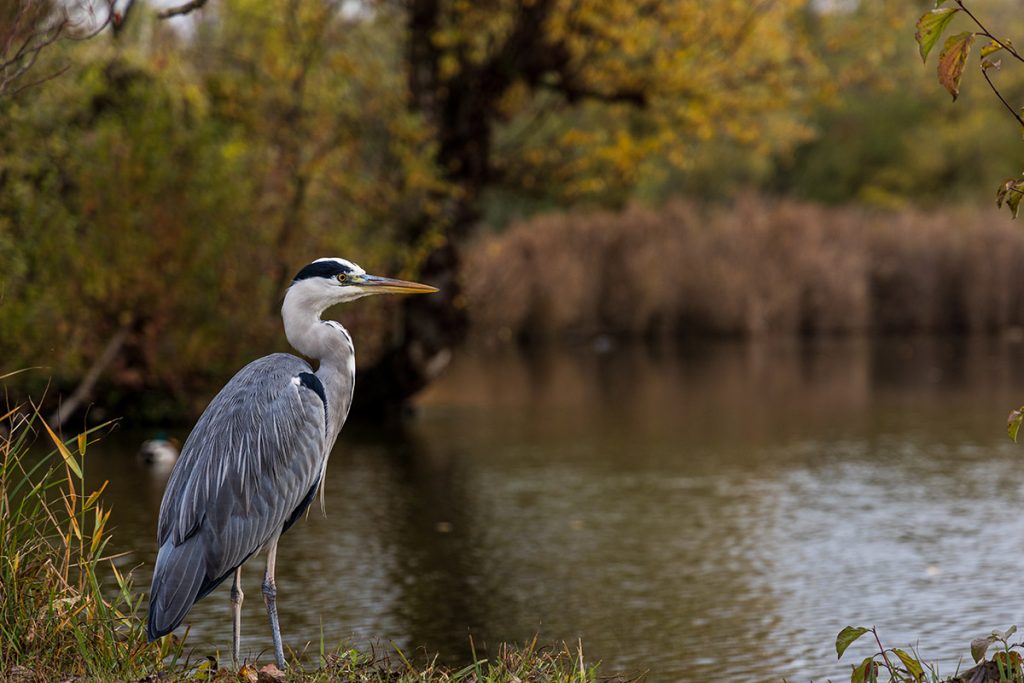In 2022, the Conservation Reserve Enhancement Program (CREP) returned to the state of Illinois. As part of the Conservation Reserve Program (CRP), CREP identifies the highest-priority conservation goals in the state. From there, participants are provided with federal and non-federal funds to carry out Conservation Practices (CPs) to fulfill those goals.
Since 2015, enrollment in Illinois CREP has been suspended due to a lack of budget. Now, in 2022, CREP is being put back into action in the state. While the primary goals and practices of CREP are the same as in previous years, there are some updates to the program that participants should be aware of.
Federal & State Enrollment
One of the biggest changes to CREP in 2022 is the requirement for landowners to be enrolled in the program on both the federal and state levels. Previously, participants could be enrolled in one or the other.
In the current program, landowners sign up for CRP on 14- or 15-year contracts through the federal Farm Service Agency (FSA). In addition, they sign a 15-year contract extension or permanent easement with the Illinois Department of Natural Resources (IDNR). This extended contract allows for expanded, long-term conservation benefits for the state of Illinois.
Goals of the Illinois CREP in 2022
Improve local water quality
One of the primary goals of the Illinois CREP is to improve water quality. Specifically, the program aims to reduce the amount of sediment, phosphorous, and nitrogen loading in the Illinois and Kaskaskia watersheds. This will help decrease the amount of harmful agricultural chemicals and sediment in local waterways.
Encourage population growth of endangered birds
Another key objective is to improve local wildlife populations, especially high-priority species that are facing endangerment or extinction. Within the program area, the Illinois CRP intends to increase the population of local avian species that have the highest conservation needs.
Boost native fish and insect populations
In addition to birds, CREP also aims to increase local populations of fish and insects. Native fish and aquatic insects that are environmentally sensitive are specifically called out for CREP conservation goals.
Eligibility for CREP in Illinois
Eligible Conservation Practices (CPs)
Within CREP, there are specific conservation practices (CPs) that are eligible for the program. These practices have been identified as most beneficial to carry out the goals of the Illinois CREP. Eligible practices include:
- CP2, Establishment of Permanent Native Grasses
- CP3A, Hardwood Tree Planting
- CP4D, Permanent Wildlife Habitat
- CP9, Shallow Water Areas for Wildlife
- CP12, Wildlife Food Plot (if in combination with another approved practice)
- CP21, Filter Strips
- CP22, Riparian Buffers
- CP23, Wetland Restoration
- CP23A, Wetland Restoration—Non-Floodplain
- CP25, Rare and Declining Habitat (for prairie or tall grass prairie/oak savanna ecosystems)
Land eligibility requirements
For the Illinois CREP, land enrolled in the program has to be within the state, and at least 5% of the contracted land must be within the official project area. This includes flooded or wetland riparian areas that reside within the Illinois or Kaskaskia River 100-year floodplain. If the land is outside of the floodplain, it must be a farmed wetland or wetland that was previously converted.
2022 Illinois CREP Payments
In 2022, participants can receive several incentive payments for their Illinois CREP project. In addition to one-time signing and practice incentive payments, landowners receive annual rental payments including a base rate, 25% incentive payment, and maintenance incentive payment.
Enrollees also receive cost-share payments for establishment or riparian buffer management, depending on the practice they are enrolled in. Farmers that enter their land into permanent easement will also receive a one-time easement payment from the state.
Learn More About Illinois CREP
Whether you’re currently enrolled in the Illinois CREP or are interested in participating in the future, reach out to us at FDCE. Since 2003, we have been helping CREP and CRP participants with documentation, practice establishment, seed selection, and more. Our sister company, All Native Seed, can even provide high-quality seeds to get your CREP project started off right.
Learn more about the program and get your project started by contacting us today!

